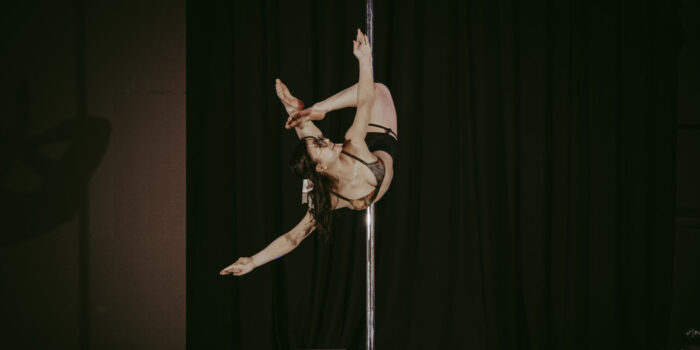Having seen breakdancing hit the Olympics, there has been a revival of opinions that pole dance could join it in the future. Despite the challenges of pole, dance isn’t seen as a sport by many, so it was a big moment when breaking became the first dance style to make it to the Olympic stage.
Breaking has similar origin stories to pole dance. It started in the Bronx, where African Americans created the dance and made it a massive part of their culture during the 1970s. Pole dance shares roots with an 800-year-old Indian sport mallakhamb, gaining popularity in strip clubs and circuses with Middle-Eastern and Romani performers as an art before the first pole dance class was taught in the 1990s. During this time, dancers of colour were incredibly prevalent, and often labelled exotic by white audiences. Since more and more studios opened however, it has expanded to become recreational and fitness-based alongside its more provocative origins (sometimes to the detriment of trying to erase that less-respected history), and the biggest trailblazers in the pole sport industry have often been white.
I talked to two women about how their experience in the pole community as a person of colour, both in a university club and as a freelancer.
Zen is a freelance pole dancer based in London, and chatting about how she’s felt during her training, she said, “Personally, I don’t think my ethnicity has been an issue in a studio space, but I think that’s because I mostly trained in Birmingham and London – both of which are multicultural cities. [However,] I would say that initially when I started, there weren’t that many POC-owned studios that I knew of. Even now, outside of London, there definitely aren’t and that can make it harder for POC people to perhaps feel welcome. Even the smallest things, like music choices can change how people perceive a certain space.”
Even the smallest things, like music choices can change how people perceive a certain space
London has long been considered the most diverse of England’s cities, with 46.2% of people identifying as Asian, black, mixed, and other ethnic groups in the city’s 2021 census. Zen continued to describe the geographical difference in her experiences, “I definitely noticed in most studios I’ve trained in outside of London that I have been the minority, but I also feel like that’s representative of those areas, and perhaps influenced by the fact that POC cultures have more stigma around image and revealing clothing.”
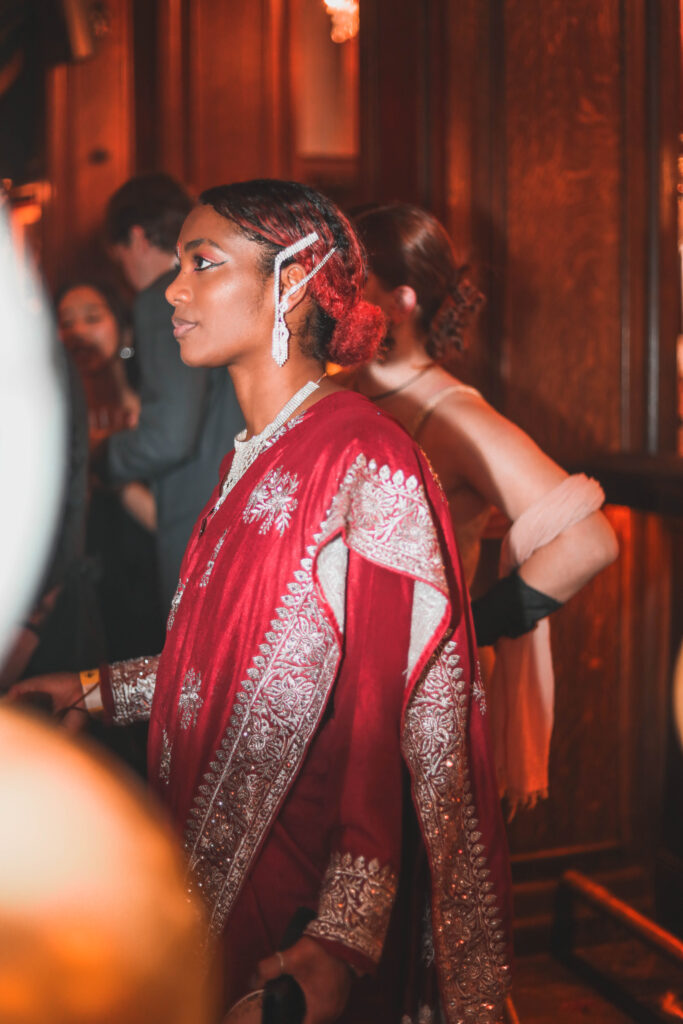
Speaking to Yasmin, who trained at Newcastle University’s student club (the North East scored as the least ethnically diverse region), she echoed the sentiment about clothing stigmas, “I have always tried to push the boundaries set for me as a woman of colour, specially as I grew up in the religious environment of the Middle East. As someone who always enjoyed dancing, pole dancing felt like a step forward in pushing those preset boundaries in the pursuit of my liberation.” Many people start off pole worrying about the stigma attached to it, with students often only trying university clubs or being afraid to tell their families too much about what they’re learning. Religion and ethnicity place another complicated layer within those ideas, and being in classes where diversity isn’t frequently seen can be difficult.
Within classes, Yasmin always felt like a minority. “As a woman of colour, I have always had to be aware of race when navigating my life, so it is has become a habit even in circumstances where I don’t need to be alarmed for my safety. So, when I started pole dancing at the university club, I did notice it was predominantly white and remained that way throughout my time there.”
“The sport has become so sterilised in an attempt to separate itself from stripper culture. There is such a massive focus on [learning] advanced tricks, so for individuals who are heavier and can’t achieve the same level of progress, it is demoralising. [The departure from its exotic roots] is incredibly important as we would be actively erasing and excluding the voices that actually founded the sport we enjoy so much. That is not only isolating to POC individuals who want to explore pole dancing as a hobby or sport but also disrespectful to the people we owe this beautiful art form to. It’s cultural appropriation at its finest.”
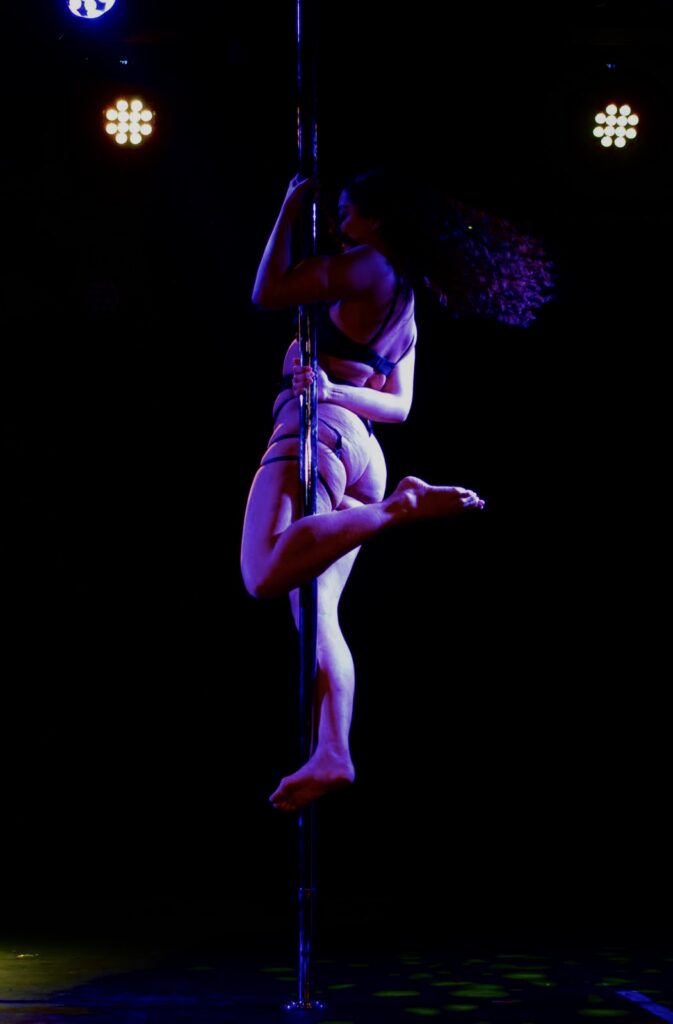
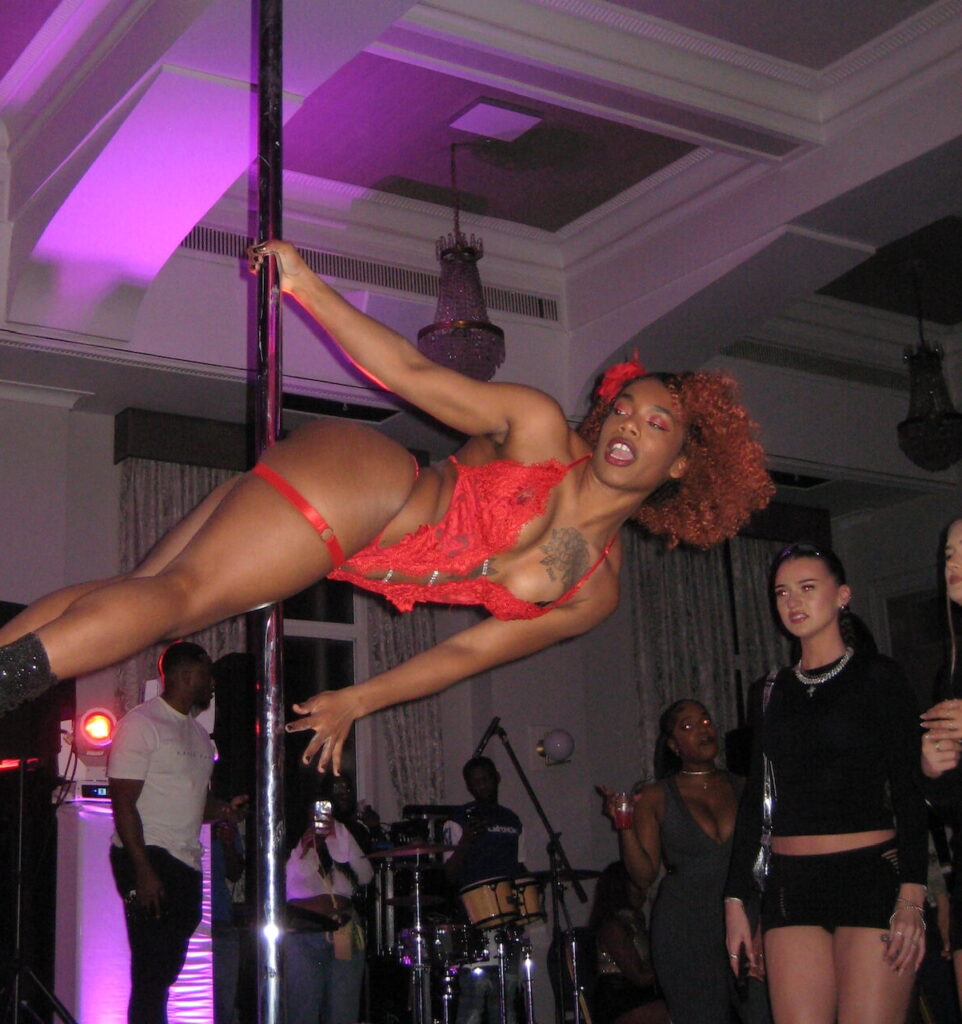
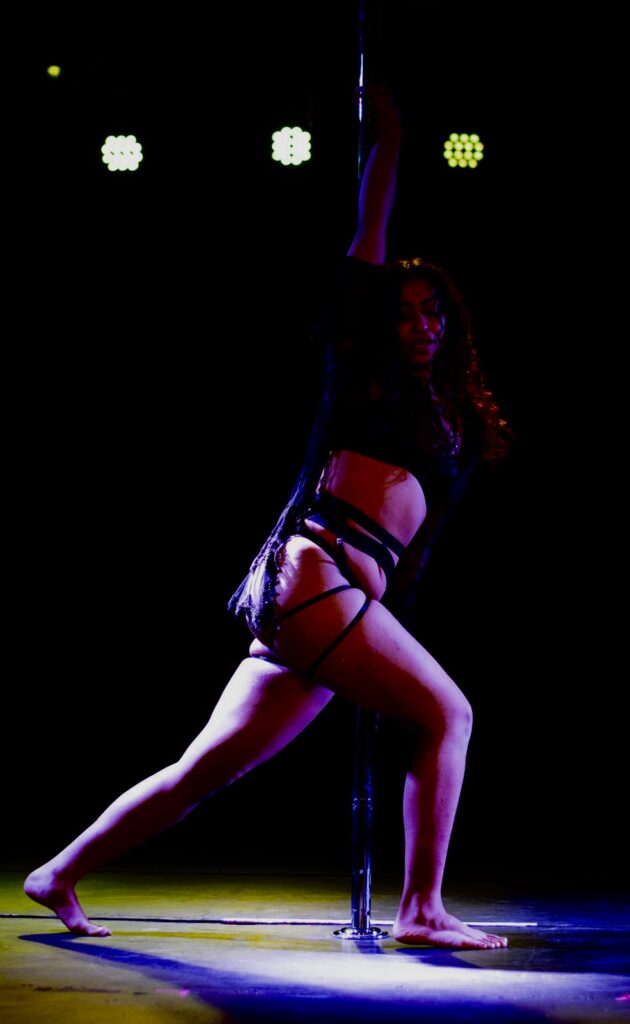
Despite the predominantly white landscape of pole dance, Yasmin still loves the sport and community, “In terms of being inclusive to people of diverse genders and sexual identities, I would say pole is very diverse. Due to the nature of pole to begin with, it’s quite individualised so it encourages self-expression which makes it inclusive. That is progress that’s occurred in the past decade or so. The foundations of pole dancing are stripping which is an art predominantly founded by black and POC women. I want to pay my respect to those women, hence why I consume pole content from pole dancers and strippers belonging to those communities.”
Zen was also adamant about the need for pole dancers of colour in the industry, saying, “Seeing pole dancers of colour is so important because it was sex workers of colour that would dance in the clubs and make the money they needed to, and even now with events mimicking American POC strip club nights, the sport should always represent its origins. Additionally, having more POC dancers also means that we have more styles of dance and flow and inspiration. If one culture dominated dance, every routine would inevitably end up being the same. Having diverse dancers is necessary for creative variety too!”
